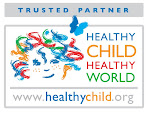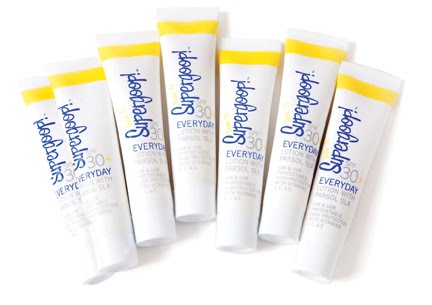One of the greatest challenges of creating safe UV protection is balancing performance, texture and feel, and body-friendly ingredients. With the proposed changes to the FDA's sunscreen guidelines still waiting approval, companies are labeling sun protective products with claims that, according to the Environmental Working Group's 2009 Sunscreen Investigation, could not possibly be true.
BE SUN SMART:
Until the FDA guidelines are updated and consumers are finally provided more information on product labels to guide their purchases, companies are free to sell products that would be considered misbranded if the guidelines were already in place. So why do so many mass manufactured lines continue to use misleading marketing terms, such as "waterproof", "sweatproof", and "continuous protection"? Clearly, the lack of regulation has resulted in far too many exaggerated and inaccurate claims in advertising and labeling to gain market share. What's a confused consumer to do?!
We've compiled our 2010 TOP TIPS for reading a sunscreen bottle to help you better understand what's INSIDE!
- Know how to spot common misleading claims:
Look for recognized claims by the FDA and claims that can be substantiated with numbers, such as Clinically Tested, Water Resistant (up to 40 minutes) or Very Water Resistant (up to 80 minutes). While dermatologist approved sounds comforting, most dermatologists are not set up to perform stability, skin compatibility and UVA testing. It is the responsibility of the brand to ensure that the proper testing protocol is completed in independent, clinical labs and these results are transparent to the consumer. Ask for the clinical test results.
- Read the Ingredient labels carefully:
Ask the brand if their products contain any ingredients on the SIN (Substitute it Now!) list. The International Chemical Secretariat organization provides this list of 356 chemicals identified as substances of very high concern based on the criteria established by the new EU chemical regulation. These ingredients should be avoided in all cosmetics and sunscreens are no different. Where you'll find one, you'll often find many, so be sure to be a good label detective.
- Look for SPF 30+ in combination with UVA Active Ingredients
Finally, a few last words as a sunscreen manufacturer and a mom of two: While the challenge will continue for us to push for innovation in creating safe UV protection that meets European standards with beneficial natural ingredients, the challenge will continue for consumers to read and understand the labels, and make a commitment to form healthy habits that include everyday use of safe suncare products. For us, total brand transparency is a must. For our consumers, read your labels and ask questions. Together we can prioritize our health and the health of our environment.




 We take very seriously our commitment to protect your family from both harmful skincare ingredients and the UV rays of the sun.
We take very seriously our commitment to protect your family from both harmful skincare ingredients and the UV rays of the sun.



This comment has been removed by the author.
ReplyDelete